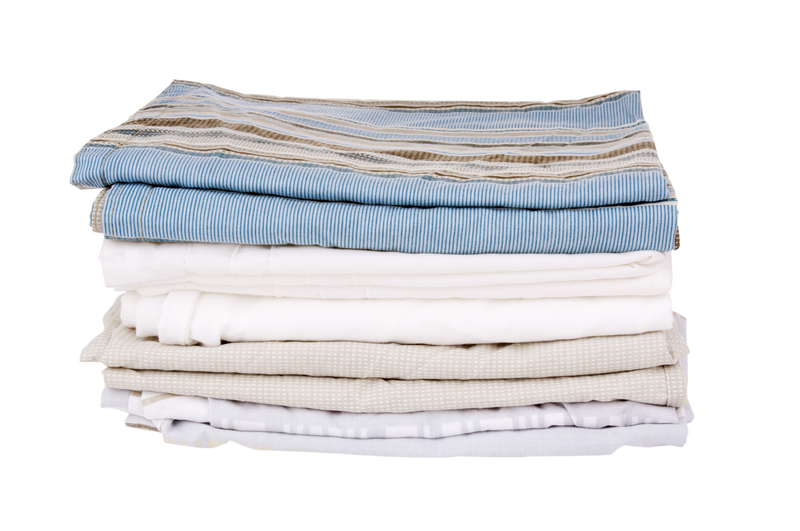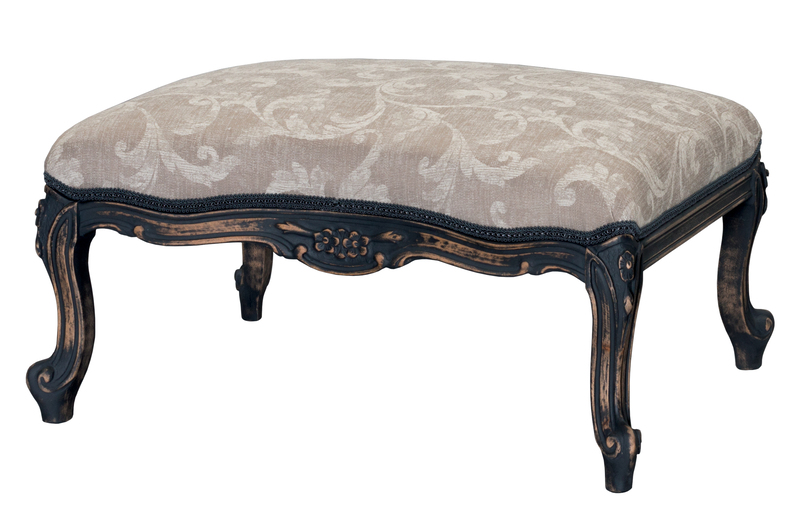Improving Waste Management in London through Innovative Mattress Recycling
Posted on 04/12/2024
Waste management has become a pressing issue in London, with over 8 million residents producing almost 7 million tonnes of waste every year. While efforts have been made to improve recycling rates and reduce the amount of waste going to landfills, one area that is often overlooked is mattress disposal. In fact, it is estimated that over 670,000 mattresses are thrown away each year in London alone, taking up valuable space in landfills and contributing to environmental degradation. However, innovative mattress recycling methods are emerging as a solution to this problem, offering both environmental and economic benefits.
The Problem with Traditional Mattress Disposal
Traditional methods of disposing mattresses involve either sending them to landfills or incinerating them. Both options have serious drawbacks. Landfilling takes up valuable space and can lead to groundwater contamination from chemicals and materials found in mattresses. Incineration releases harmful emissions into the air, contributing to air pollution and further damaging the environment.
Moreover, traditional disposal methods are costly for local authorities and ultimately taxpayers. With a lack of efficient recycling programs for mattresses, local authorities bear the brunt of the costs for their disposal. This not only strains municipal budgets but also hinders progress towards achieving sustainability goals.

The Innovative Solution: Mattress Recycling
Fortunately, innovative mattress recycling methods are gaining traction in London and offer a more sustainable solution to this problem. These methods involve breaking down old mattresses into their individual components and repurposing them for various uses.
One such method is mechanical recycling, where the mattress components such as foam, wood, metal springs, and fabric are separated and processed into new products. Foam can be turned into carpet underlay or insulation material, while wood can be used for construction projects or made into mulch for landscaping. Metal springs can be melted down and recycled into new products, reducing the need for mining raw materials.
Another innovative approach is chemical recycling, where the foam from mattresses is broken down into its chemical components and then used to create new products. For instance, the foam can be turned into adhesives used in the automotive industry or as filler material in new mattresses.
The Benefits of Mattress Recycling
Mattress recycling offers numerous benefits, both for the environment and the economy. By diverting mattresses from landfills, it reduces the strain on limited landfill space and mitigates potential environmental hazards. It also decreases carbon emissions by reducing the need for incineration and minimizing the use of raw materials through recycling.
From an economic standpoint, mattress recycling helps local authorities save money on disposal costs. It also creates jobs in the recycling industry and promotes a circular economy by repurposing materials instead of producing new ones.
Tips for Effective Mattress Recycling
To ensure effective mattress recycling, there are a few things that individuals and local authorities can do:
- Check for local recycling programs: Many cities now have specific programs for mattress recycling. Make sure to research and utilize these resources.
- Prepare the mattress properly: Before sending a mattress for recycling, make sure it is clean and dry. This will make it easier to dismantle and process.
- Choose recycled products: When buying a new mattress, opt for one made from recycled materials to support the circular economy.
Pros and Cons of Mattress Recycling
Pros:
- Reduces strain on landfills
- Decreases carbon emissions
- Saves money on disposal costs
- Creates jobs in the recycling industry
Cons:
- Some regions may not have efficient recycling programs in place yet
- Initial costs of setting up a mattress recycling facility can be high

Takeaways
Innovative mattress recycling methods offer a sustainable solution to waste management in London. They not only reduce the strain on landfills and mitigate environmental hazards, but also offer economic benefits. By supporting a circular economy, mattress recycling can make a significant impact in improving waste management in the city.
Conclusion
Improving waste management in London is crucial for creating a sustainable future for the city. Innovative methods like mattress recycling not only address the issue of excessive waste production but also contribute to a greener and more efficient economy. By embracing such solutions, we can work towards a better and cleaner tomorrow for ourselves and the generations to come. So let's join hands and support mattress recycling in our efforts to create a more environmentally friendly and sustainable London.

 020 3744 5866
020 3744 5866












